[ad_1]
Get the best data-driven crypto insights and analysis every week:
By: Tanay Ved & Matías Andrade Cabieses
-
Bitcoin has historically seen substantial post-election gains, though with diminishing returns each cycle: ~8000% (2012), ~1750% (2016), and ~600% (2020). They have typically aligned with Bitcoin halving’s and major Federal Reserve policy shifts, creating a confluence of catalysts that reduce market uncertainty.
-
Bitcoin’s realized volatility has historically increased around U.S. elections, typically remaining elevated for approximately 30 days post-election.
-
Polymarket odds for the 2024 race have seen dramatic swings: from an even split in October, to a 34% Trump lead, and most recently to 62% Trump vs 38% Harris. Trading patterns suggest significant international participation, with peak trading volumes occurring between 01:00-04:00 ET.
-
As we head into the elections, trusted spot volumes for majors (BTC, ETH, SOL) are double their recent average at $19.7B, while Bitcoin futures open interest has reached near-record levels of $34B.
As anticipation builds around the 2024 U.S. Presidential election, global markets are poised for potential outcomes, with significant implications for digital assets and dynamics of the crypto ecosystem. Several political developments have unfolded leading up to the election, with prediction markets like Polymarket playing an increasingly influential role in forecasting sentiment alongside conventional polls. For a deeper understanding of how prediction markets and Polymarket work, see our recent SOTN issue, “Polymarket and the Power of Collective Intelligence.” Now, as election outcomes draw near, crypto markets have regained momentum, with Bitcoin (BTC) pushing past $70,000, within touching distance of its all-time high. As we look ahead, the election’s outcome is likely to further shape crypto’s policy landscape and influence market sentiment in the months to come.
In this issue of Coin Metrics’ State of the Network, we analyze Bitcoin’s (BTC) historical performance around prior elections, dive into market movements and examine Polymarket data driven by 2024 elections.
With potential outcomes for digital assets on top of mind for market participants, we can look back to BTC’s performance during past elections to understand whether they’ve had any noticeable influence or impact.
Source: Coin Metrics Reference Rates
Above, we can see the returns for BTC a year before and after the last 3 U.S. presidential elections, alongside the current 2024 election (highlighted in orange). Notably, bitcoin halvings, major Federal Reserve policy shifts and presidential elections have all typically occurred closely within this time-frame, preceding a major price rally. While returns have diminished over each cycle, BTC has historically experienced significant price appreciation around 100 days post-election, as the cyclical reduction of BTC issuance, monetary policy shifts, and election outcomes reduce market uncertainty and boost sentiment.
While the positive outcome of these events is evident, these trends also reflect Bitcoin’s growth as part of broader market cycles, which are also influenced by global monetary policy and expanding money supply. BTC’s performance around election cycles may align with these structural factors rather than imply a direct relationship.
Source: Coin Metrics Market Data Feed
As we approach each election, volatility tends to increase as market participants process new information and adjust their positions in anticipation of election outcomes. The chart above shows realized volatility over a 7-day period, which has typically risen leading into previous elections (2016 and 2020) and remained elevated around 30 days after. While volatility ahead of the 2024 election has remained relatively subdued, it’s likely we’ll see an increase in the coming days.
Since the beginning of October, Donald Trump and Kamala Harris’ odds to win the presidential election on Polymarket have widened substantially from ~50% each to a gap of ~34% in favor of Trump. However, in the last week this divergence has reversed, with Harris’ probability of winning the election reaching 46%, narrowing the gap between the candidates. A similar shift in odds is also reflected on Kalshi, a U.S. regulated prediction market alongside some other forecasts.
To understand how Polymarket users have influenced candidates odds over the year, we can examine patterns in average trade sizes across different shares. The chart below, showing the 7-day rolling average bet size reveals notable patterns in trading behavior across election outcomes. Over the entire period, “Trump YES” and “Trump NO” shares exhibit higher average trade sizes, ($971 and $955 respectively) with spikes on some occasions suggesting a shift in sentiment driven by external events or the influence of larger, concentrated bets. On the other hand, “Kamala YES” and “Kamala NO” positions generally have lower trade sizes ($274 and $622 respectively) with a divergence in the early period. As we move closer to the election, trade sizes have converged across shares leading to a more stable market environment.
Source: Coin Metrics Labs
We can further analyze the trader activity across Polymarket for the 2024 election. We can break down the bets made in Polymarket using the simple heuristic that if traders have traded more than 50 times and in favor or against two candidates they are classified as market makers, isolating traders that bet exclusively in favor of a single candidate, and casual traders who make up the rest of the activity on Polymarket. While market makers make up a small percentage of the total proportion of traders on Polymarket, they drive a large proportion of trades and volume on the platform.
Source: Coin Metrics Labs
One of the questions about Polymarket trading for the election is based on the fact that Americans are not allowed to participate on these markets. We can start by looking at the normalized volume traded by hour across different prediction market contracts related to Biden, Harris, and Trump, where there’s a clear pattern suggesting that much of the trading activity occurs outside typical US trading hours.
Source: Coin Metrics Labs
While we do see some volume during the US market hours for the Biden Wins market, the highest trading volumes are consistently observed during what would be overnight hours in the US, especially between 01:00-04:00 ET considering that the Biden Wins markets have much lower overall volume compared to Trump Wins and Kamala Wins markets. This timing aligns more with European and Asian trading hours. However, given that US political news influences trading patterns, as evidenced by some significant trading activity during US daytime hours, this pattern suggests that international traders are actively monitoring and reacting to US political developments. The fact that the majority of trading volume occurs outside US hours while still maintaining significant activity during US times suggests a global trading community that’s heavily influenced by, but not primarily based in, the United States.
Much has been discussed about the outlook for different sectors of the digital asset market and how election outcomes may shape their trajectory. Segmenting the market into majors (BTC, ETH, & SOL) and altcoins within the datonomy™ universe (excluding on-chain derivatives like stablecoins) reveals a notable divergence in trusted 14-day spot trading volumes. Majors currently account for $19.7B in trading volume, compared to $5.4B for altcoins. While trading volumes for majors are ~2x higher than past averages, overall levels remain relatively subdued, awaiting election outcomes and potential policy changes to confirm a directional trend.
Source: Coin Metrics Market Data Feed & datonomy™
While a Trump victory has been regarded as beneficial to BTC and a wider cohort of crypto-assets as a result of his proposed initiatives around Bitcoin and involvement in projects like World Liberty Financial—a DeFi borrowing & lending protocol, it remains to be seen how various sectors respond to either outcome. Going into elections, a few metrics may serve as indicators for shifts in market sentiment. The ETH/BTC ratio sits at 0.035, approaching April 2021 levels while the SOL/ETH ratio is near an all time high of 0.07. Speculation has heightened, with BTC futures open interest near record-highs ($34B). Consequently, implied volatility is expected to grind higher, reflecting market anticipation.
As the U.S. election approaches, anticipation is building among global market participants and the crypto ecosystem alike. While election outcomes may steer the short-term course of digital assets, the industry remains on path for sustained, long-term growth as market uncertainty fades. As we’ve seen through past cycles, Bitcoin has shown resilience through multiple elections, reinforcing its status as an apolitical macro asset. As the broader crypto ecosystem continues to mature, we can expect greater investment participation and deeper on-chain adoption to shape its evolution over time.
This week’s updates from the Coin Metrics team:
-
We expanded our coverage of the Solana ecosystem, adding full data history and metrics for several SPL tokens. Find more details here.
-
Follow Coin Metrics’ State of the Market newsletter which contextualizes the week’s crypto market movements with concise commentary, rich visuals, and timely data.
As always, if you have any feedback or requests please let us know here.
Coin Metrics’ State of the Network, is an unbiased, weekly view of the crypto market informed by our own network (on-chain) and market data.
If you’d like to get State of the Network in your inbox, please subscribe here. You can see previous issues of State of the Network here.
© 2024 Coin Metrics Inc. All rights reserved. Redistribution is not permitted without consent. This newsletter does not constitute investment advice and is for informational purposes only and you should not make an investment decision on the basis of this information. The newsletter is provided “as is” and Coin Metrics will not be liable for any loss or damage resulting from information obtained from the newsletter.
[ad_2]
Read More: coinmetrics.substack.com

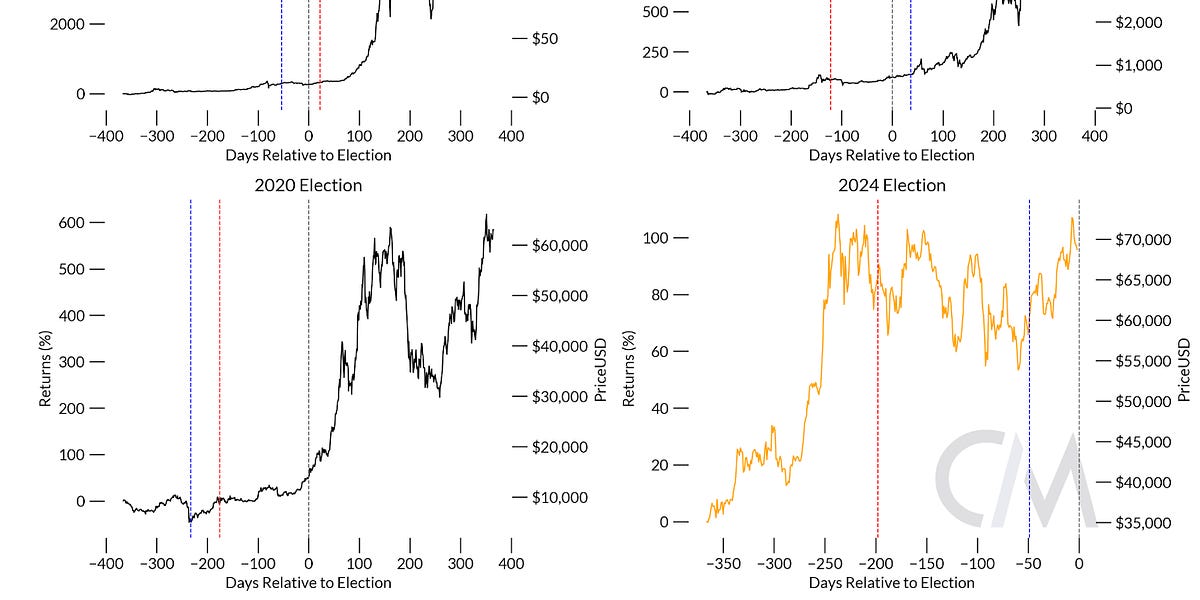

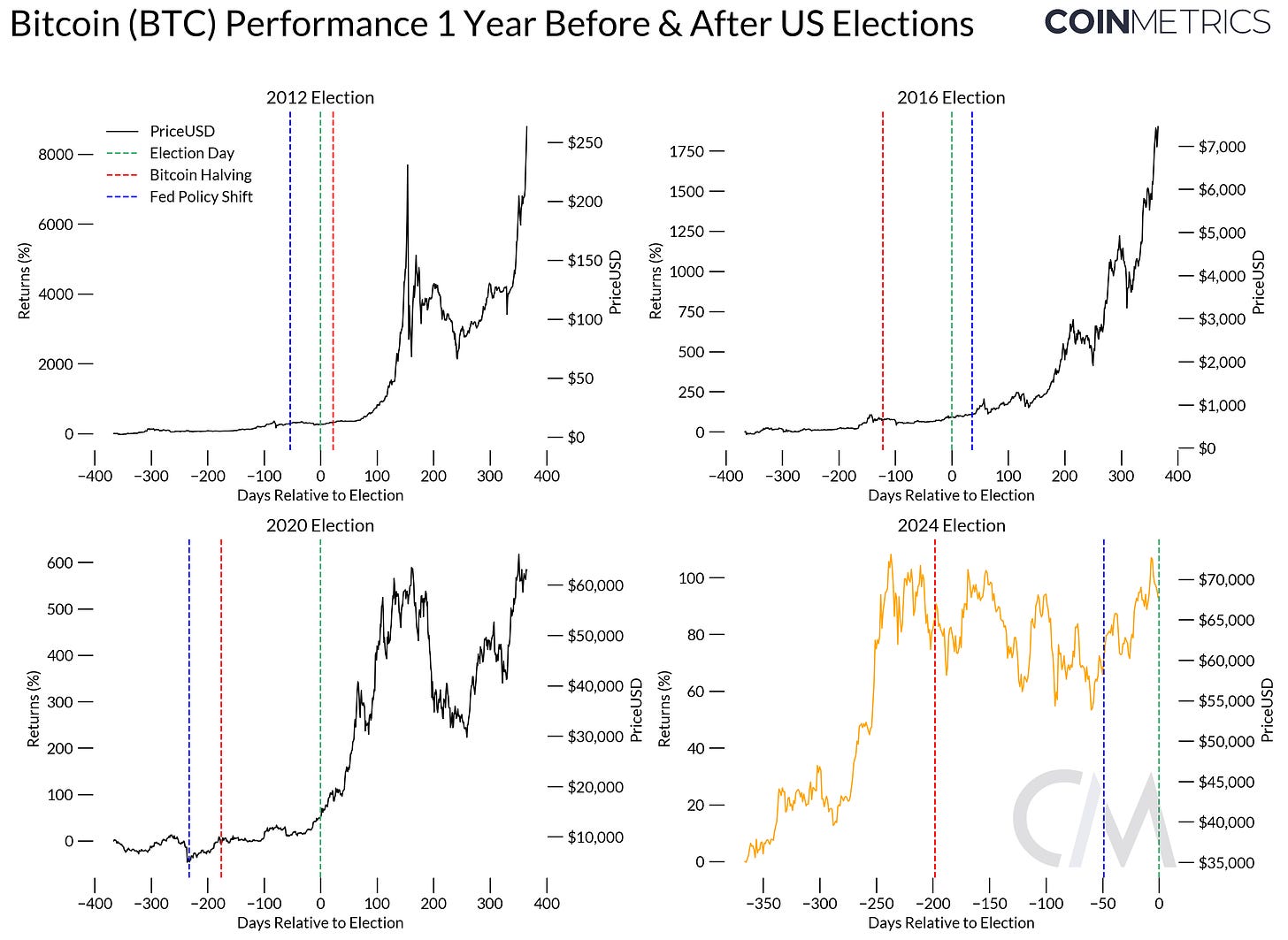

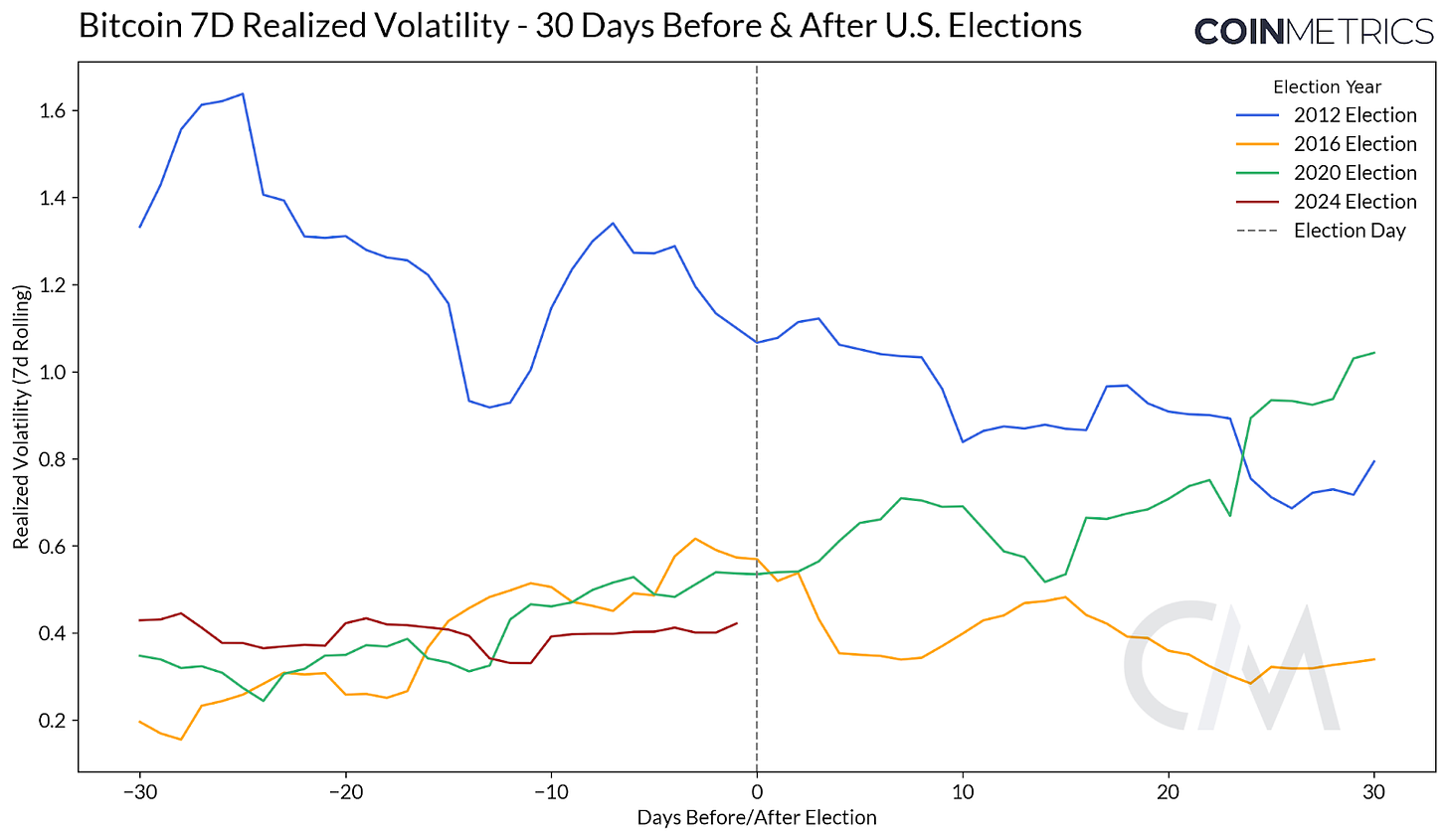
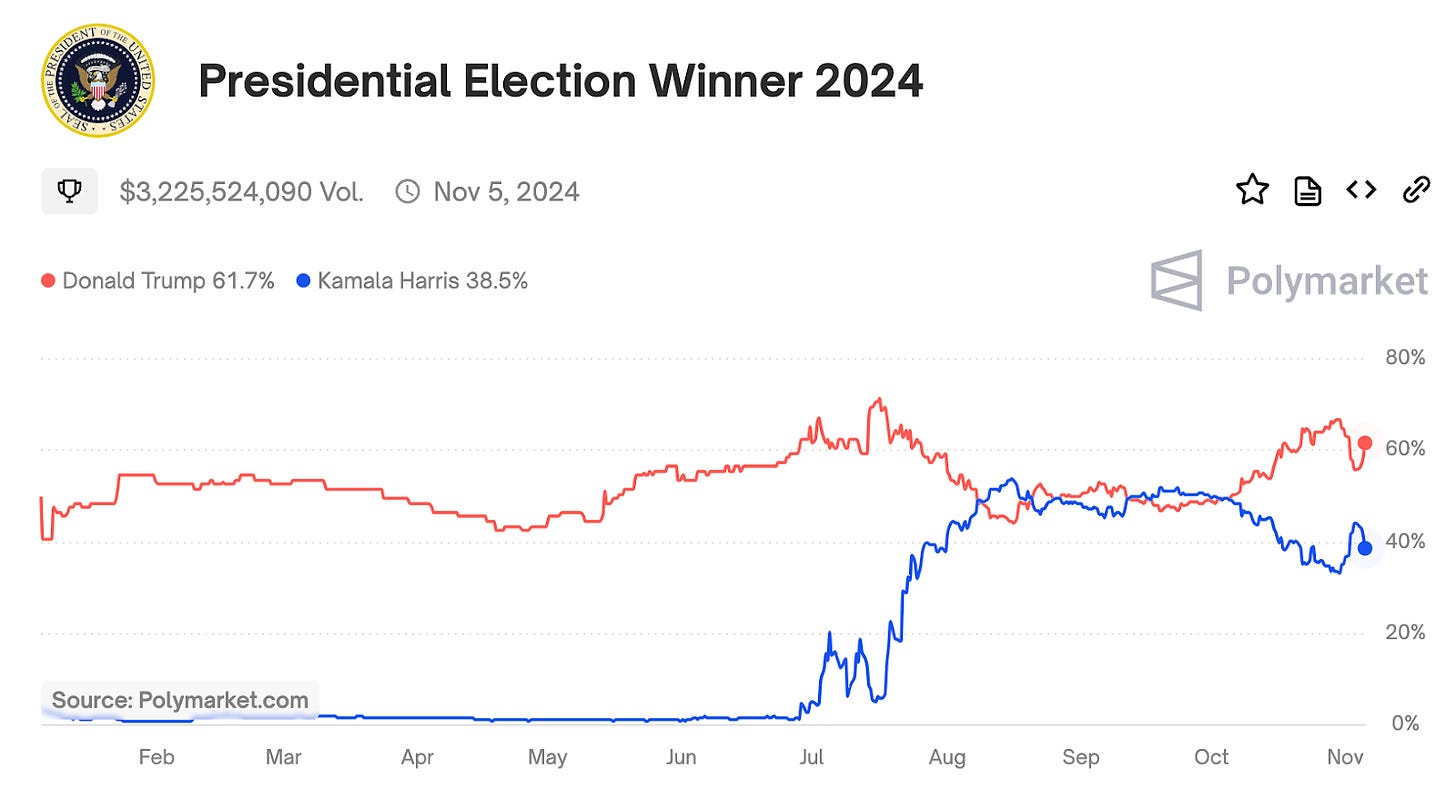
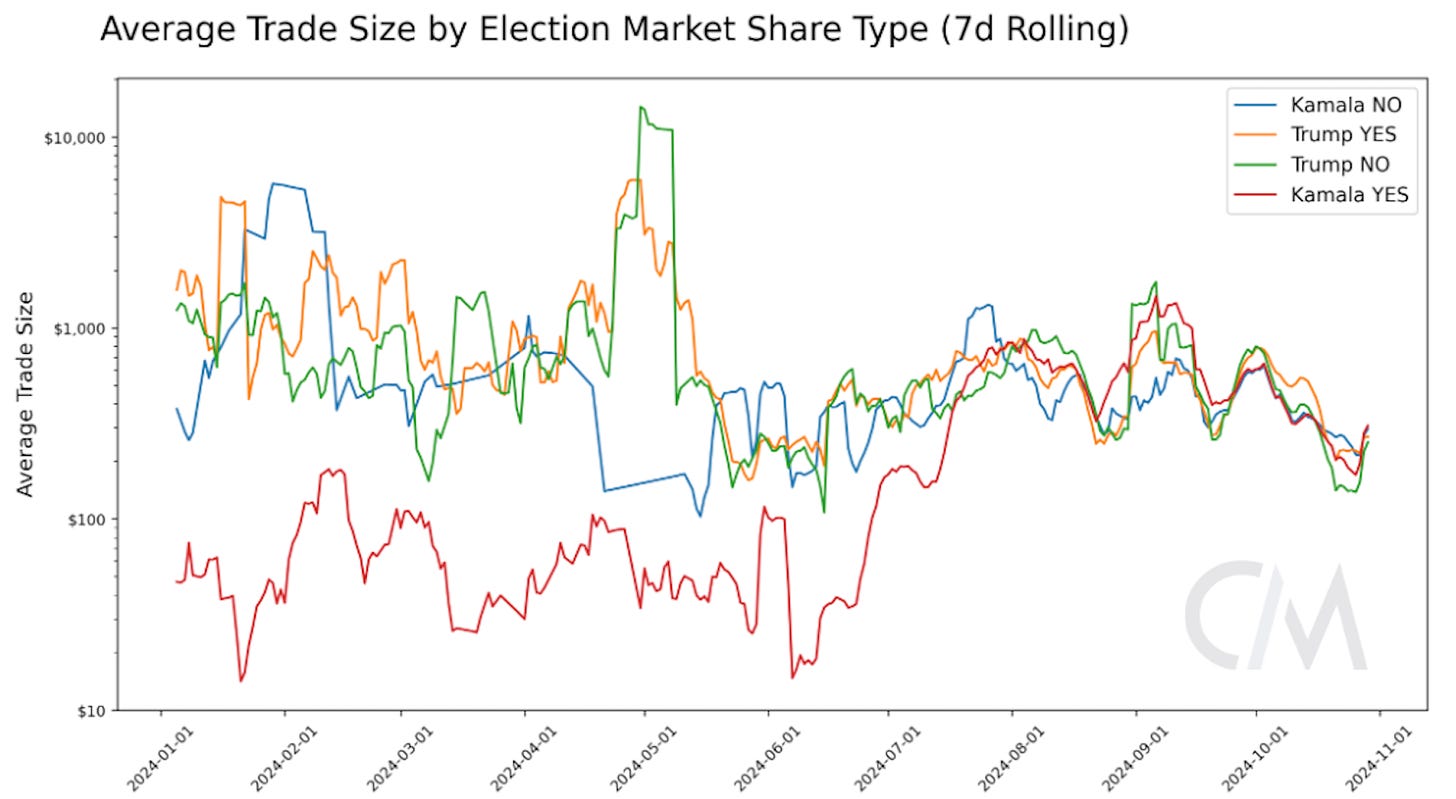
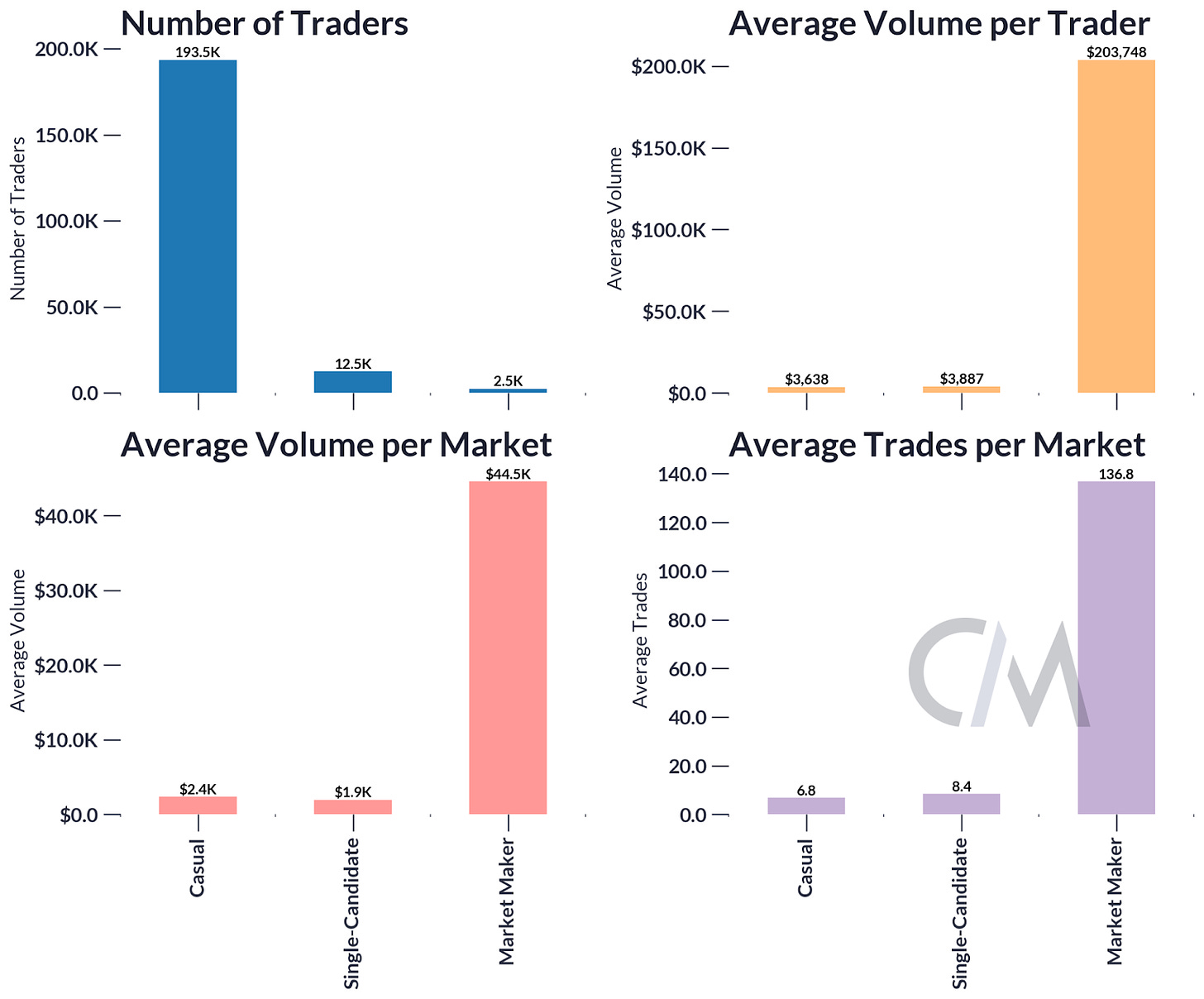
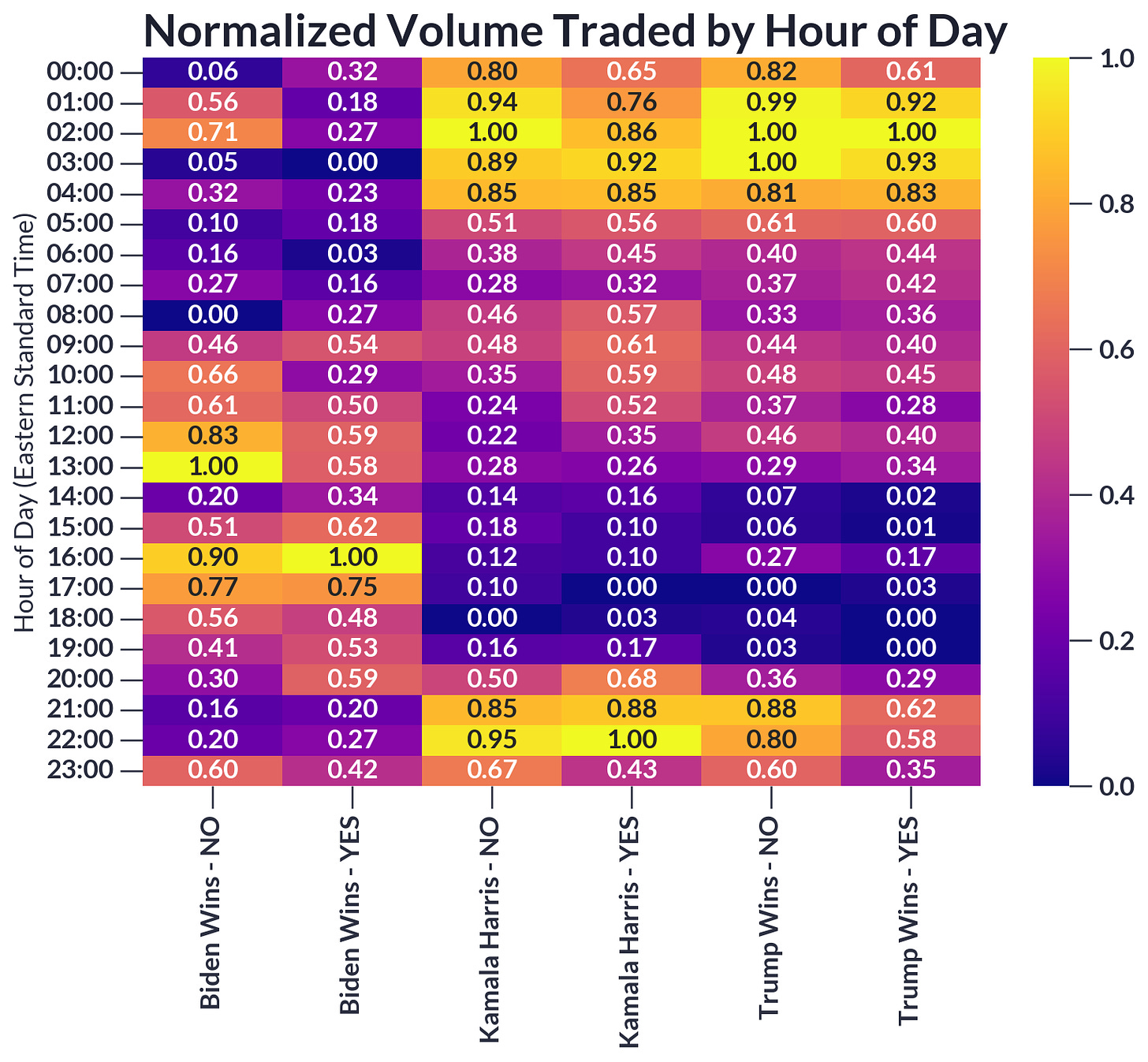
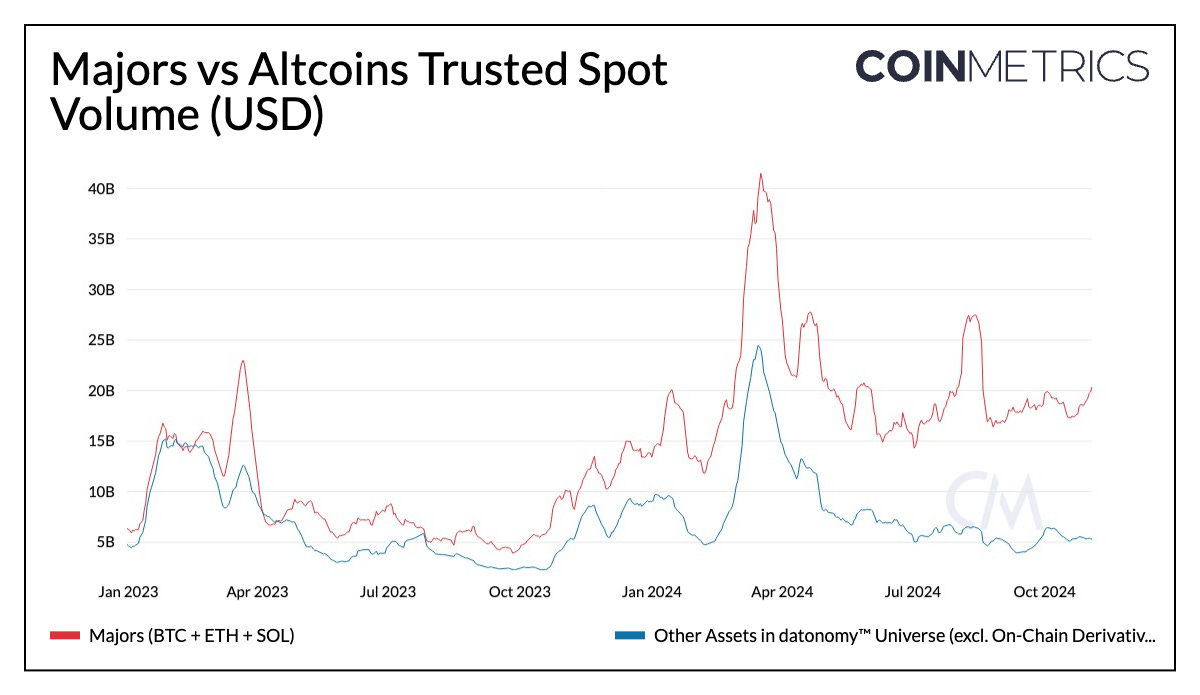







 Bitcoin
Bitcoin  Ethereum
Ethereum  Tether
Tether  XRP
XRP  Solana
Solana  USDC
USDC  TRON
TRON  Dogecoin
Dogecoin  Lido Staked Ether
Lido Staked Ether  Cardano
Cardano  Wrapped Bitcoin
Wrapped Bitcoin  Hyperliquid
Hyperliquid  Wrapped stETH
Wrapped stETH  Sui
Sui  Bitcoin Cash
Bitcoin Cash  Chainlink
Chainlink  LEO Token
LEO Token  Stellar
Stellar  Avalanche
Avalanche  Toncoin
Toncoin  USDS
USDS  WhiteBIT Coin
WhiteBIT Coin  Shiba Inu
Shiba Inu  Wrapped eETH
Wrapped eETH  WETH
WETH  Litecoin
Litecoin  Hedera
Hedera  Binance Bridged USDT (BNB Smart Chain)
Binance Bridged USDT (BNB Smart Chain)  Monero
Monero  Ethena USDe
Ethena USDe  Polkadot
Polkadot  Bitget Token
Bitget Token  Coinbase Wrapped BTC
Coinbase Wrapped BTC  Uniswap
Uniswap  Pepe
Pepe  Pi Network
Pi Network  Aave
Aave  Dai
Dai  Ethena Staked USDe
Ethena Staked USDe  Bittensor
Bittensor  BlackRock USD Institutional Digital Liquidity Fund
BlackRock USD Institutional Digital Liquidity Fund  OKB
OKB  Aptos
Aptos  Internet Computer
Internet Computer  Cronos
Cronos  NEAR Protocol
NEAR Protocol  Jito Staked SOL
Jito Staked SOL  Ethereum Classic
Ethereum Classic  sUSDS
sUSDS